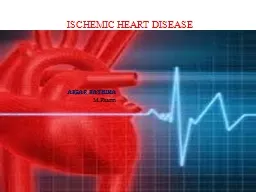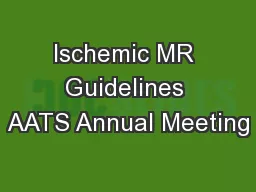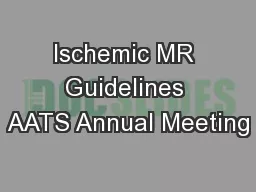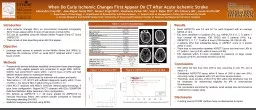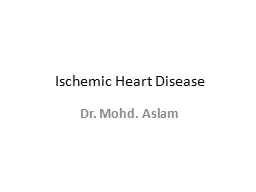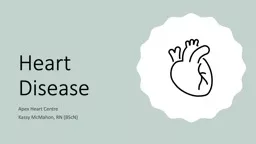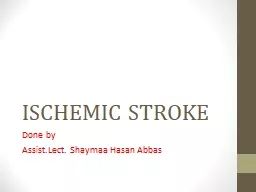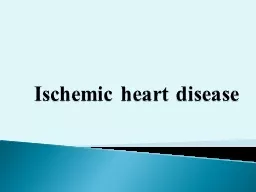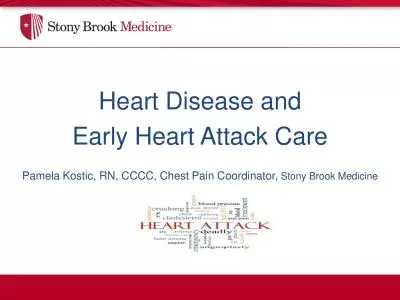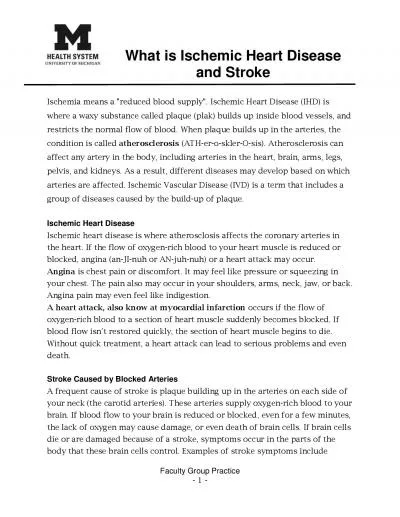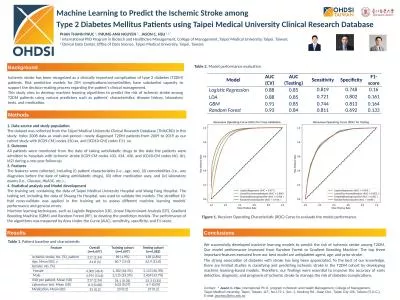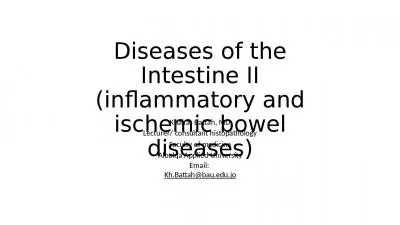PPT-ISCHEMIC HEART DISEASE Afsar fathima
Author : lois-ondreau | Published Date : 2020-04-04
MPharm ANGINA PECTORIS Angina pectoris is a clinical syndrome of chest discomfort caused by reversible myocardial ischemia that produces disturbances in myocardial
Presentation Embed Code
Download Presentation
Download Presentation The PPT/PDF document " ISCHEMIC HEART DISEASE Afsar fathima" is the property of its rightful owner. Permission is granted to download and print the materials on this website for personal, non-commercial use only, and to display it on your personal computer provided you do not modify the materials and that you retain all copyright notices contained in the materials. By downloading content from our website, you accept the terms of this agreement.
ISCHEMIC HEART DISEASE Afsar fathima: Transcript
Download Rules Of Document
" ISCHEMIC HEART DISEASE Afsar fathima"The content belongs to its owner. You may download and print it for personal use, without modification, and keep all copyright notices. By downloading, you agree to these terms.
Related Documents

